The Walled Kitchen Garden at Gravetye Manor
Thursday 30th November 2023
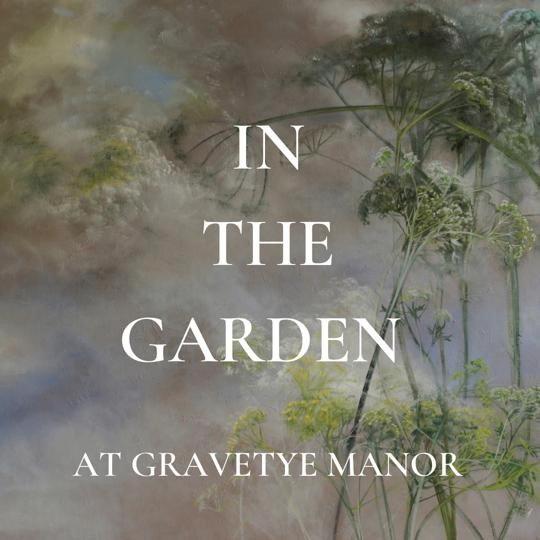 Our walled Kitchen Garden at Gravetye Manor truly is a spectacle. With its ever changing sights throughout the seasons, it really is the jewel of the Manor and plays an important part in our history. Originally, when Gravetye was first built in 1598, the Kitchen Garden was located right next the Manor in what is now our Flower Garden. William Robinson, one of the greatest gardeners of all time and Gravetye's most notable owner, bought the Manor in 1885 and moved the Kitchen Garden to the south facing slope we see today. Its unique elliptical shape maximises light and warmth for optimum growing conditions, allowing our talented gardening team to create the freshest produce for the Kitchen. Throughout the year, the produce from the walled Kitchen Garden is the driving force behind the seasonality of our menus, showcasing the important relationship between both our Kitchen and Garden Team.
Our walled Kitchen Garden at Gravetye Manor truly is a spectacle. With its ever changing sights throughout the seasons, it really is the jewel of the Manor and plays an important part in our history. Originally, when Gravetye was first built in 1598, the Kitchen Garden was located right next the Manor in what is now our Flower Garden. William Robinson, one of the greatest gardeners of all time and Gravetye's most notable owner, bought the Manor in 1885 and moved the Kitchen Garden to the south facing slope we see today. Its unique elliptical shape maximises light and warmth for optimum growing conditions, allowing our talented gardening team to create the freshest produce for the Kitchen. Throughout the year, the produce from the walled Kitchen Garden is the driving force behind the seasonality of our menus, showcasing the important relationship between both our Kitchen and Garden Team.
Spring
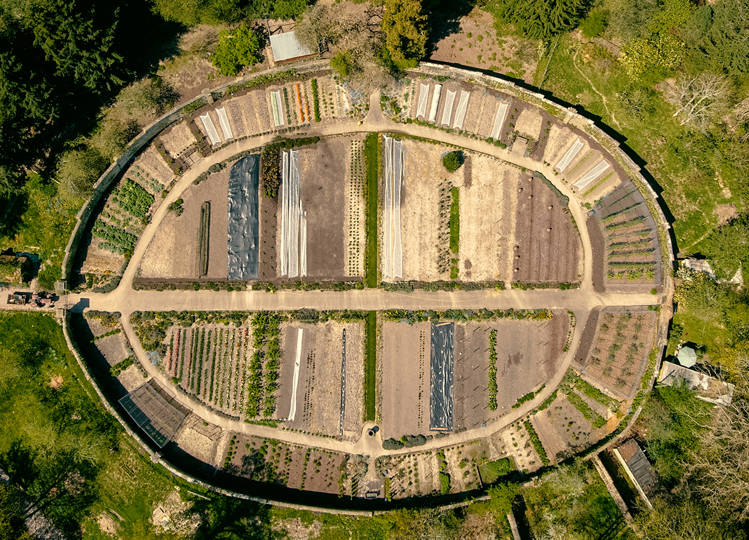
Summer
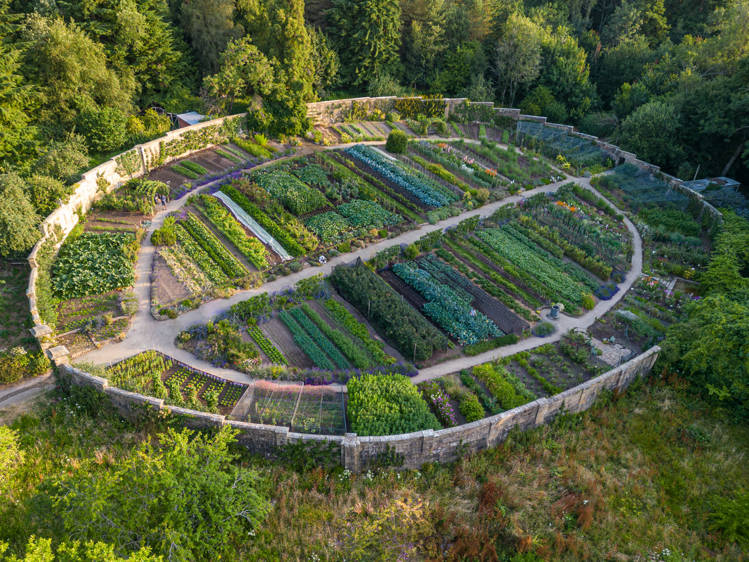
Autumn
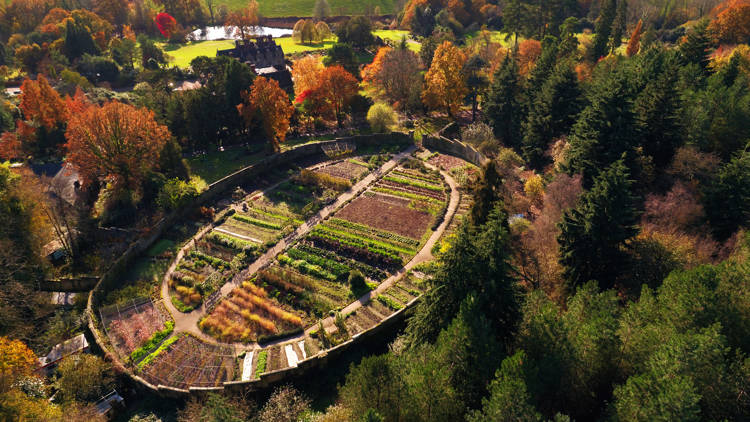
Winter
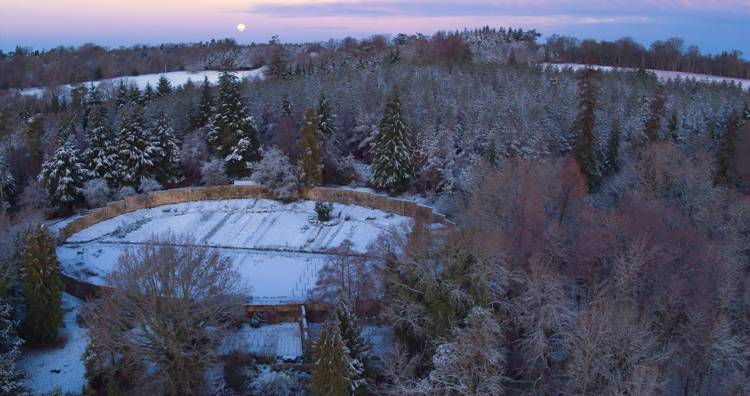
Head Gardener Tom says, 'In order to survive, a heritage garden has to find its purpose in the modern world. At Gravetye we have made the garden a central part of the guest experience. Producing crops for the restaurant is a very important aspect of the objective.'' From March 2022 to March 2023, we produced an astounding 7 tonnes of fruit and vegetables from our Kitchen Garden and polytunnel alone!

